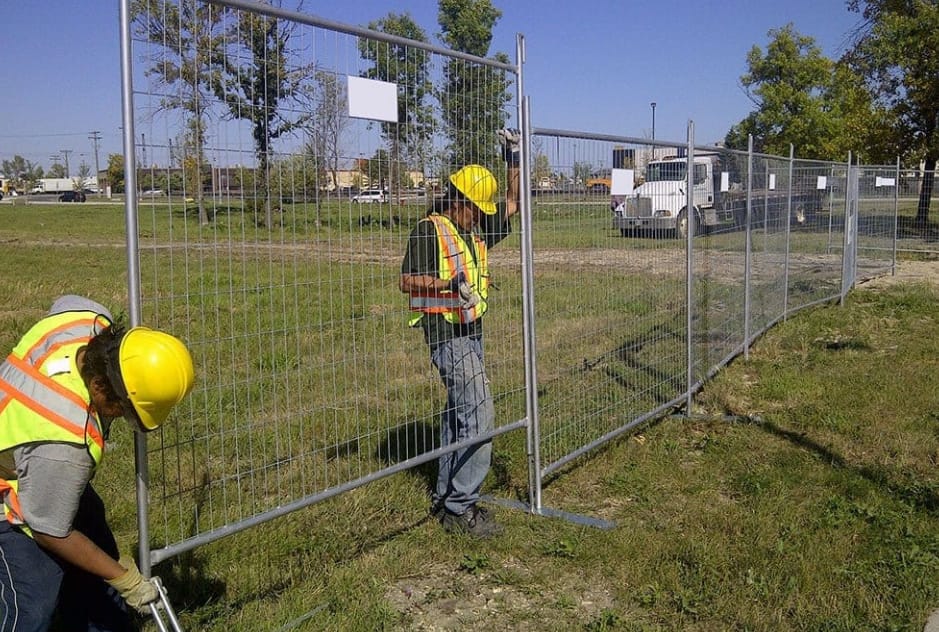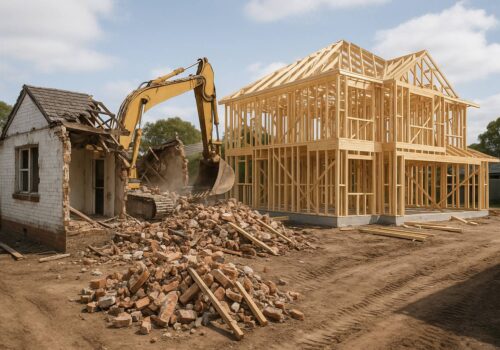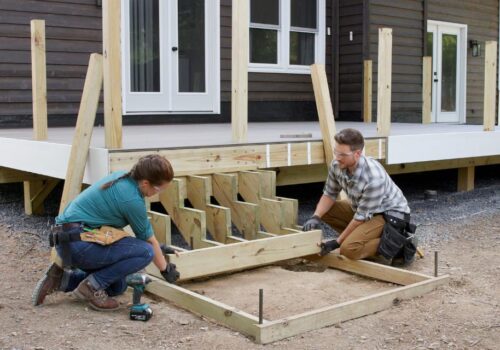The Importance of Temporary Fencing for Construction
Every construction site presents potential hazards, security concerns, and regulatory requirements. One of the most effective ways to manage these challenges is through temporary fencing for construction. This essential safety measure ensures that sites remain secure, organised, and compliant with industry regulations.
Here’s why temporary fencing is a critical component of any construction project.
Enhancing Site Security
Construction sites often house valuable equipment, machinery, and materials, making them prime targets for theft and vandalism. Temporary fencing acts as a deterrent, preventing unauthorised individuals from entering the site. By securing the perimeter, companies can reduce the risk of financial losses and project delays.
Ensuring Public Safety
Construction zones can be hazardous, not just for workers but also for passers-by. Falling debris, moving vehicles, and open excavations pose significant risks. Properly installed fencing creates a physical barrier that keeps pedestrians away from dangerous areas, reducing the likelihood of accidents and legal liabilities.
Compliance with Safety Regulations
Health and safety regulations require construction sites to implement measures that protect workers and the public. Temporary fencing helps meet these standards by clearly marking restricted zones and controlling access. Failure to comply with regulations can result in hefty fines or work stoppages, making fencing an essential investment.
Managing Site Access
Controlling who enters and exits a construction site is crucial for both security and efficiency. Temporary fencing can be combined with gates, access points, and sign-in procedures to ensure that only authorised personnel are allowed on-site. This reduces disruptions and helps maintain a safe working environment.
Defining Work Zones
Construction projects often involve multiple teams working on different tasks simultaneously. Temporary fencing helps create designated work areas, improving organisation and reducing the risk of accidents. Clearly marked sections ensure that workers stay within their assigned zones, preventing unnecessary interference with other site activities.
Supporting Other Protective Measures
Fencing works alongside additional safety features, such as warning signs, lighting, and hoarding construction, to create a comprehensive safety system. When used together, these measures help maintain order, enhance visibility, and prevent accidents.
Adaptability and Cost-Effectiveness
Unlike permanent barriers, temporary fencing is easy to install, remove, and relocate as needed. This flexibility allows construction companies to adapt to changing project requirements without incurring excessive costs. It’s a practical solution that provides effective protection while maintaining budget control.
Investing in temporary fencing for construction is a smart decision that enhances security, ensures compliance, and promotes efficiency on-site. By implementing this essential measure, construction companies can protect their workers, safeguard their materials, and maintain a safe environment for everyone involved.





